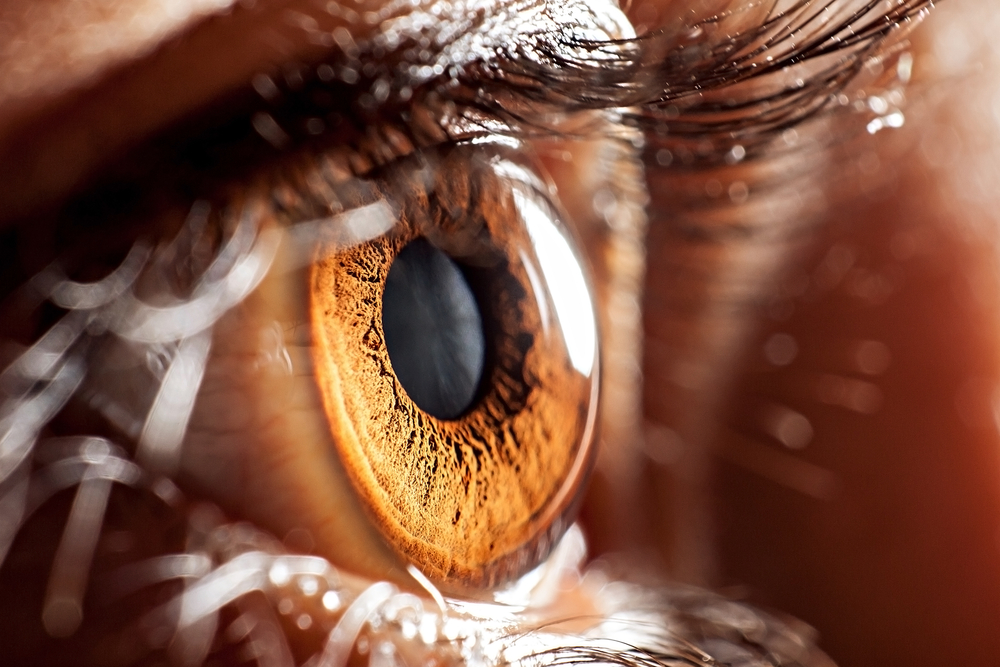Gene Therapy Looks Promising in Patients with Leber’s Hereditary Optic Neuropathy

Leber’s hereditary optic neuropathy (LHON), a disease caused by mutations in the mitochondrial DNA, may be effectively treated with gene therapy, according to a prospective study developed at Tongji Hospital in China.
The study, “Long-term outcomes of gene therapy for the treatment of Leber’s hereditary optic neuropathy,” was published in the journal EBioMedicine.
LHON is a genetic disease that often starts with blurring and clouding of vision, which may begin in both eyes, or in one eye and progress into the other eye within several weeks or months. Over time, vision in both eyes worsens, resulting in a dramatic loss of sharpness (visual acuity) and color vision, which may progress into blindness. Although it is one of the most common causes of blindness in young adults, there is currently no effective treatment for LHON.
Gene therapy has been showing promising results in LHON patients. By replacing the faulty mitochondrial genes, which are required for the proper function of a mitochondrial complex involved in energy production, the severity of the disease may be attenuated.
The research team investigated whether they could use gene therapy to target a specific point mutation, G11778A, which is present in more than 90 percent of LHON patients, and assess its long-term effects.
The prospective, open-label trial enrolled nine LHON patients who received an intravitreal injection of rAAV2-ND4, a recombinant adeno-associated virus carrying the NADH-ubiquinone oxidoreductase subunit 4 gene. A previous study published in Scientific Reports had shown that nine months after the treatment, visual acuity had improved in six of these patients.
Now, the researchers reported the long-term (36 months) clinical outcomes of these patient. Eight patients received the therapy in just one eye, and one patient received therapy in the second eye 12 months after gene therapy was administered in the first eye.
Among the patients who received unilateral therapy, three showed visual function improvement in both eyes, one showed improvements in the treated eye, and one showed improvements in the untreated eye, and not in the treated eye. In addition, two patients showed an improvement in visual acuity that went back to baseline at six and 12 months following therapy, respectively.
The patient who received bilateral therapy had improved visual acuity in the first injected eye, but it decreased again three months after gene therapy was administered to the second eye.
During the three-year followup, no local or systemic adverse events associated with the treatment were observed.
Although more studies are required to understand the long-term effects of rAAV2-ND4, the researchers believe this may be a promising therapeutic approach for patients with LHON in the future.






